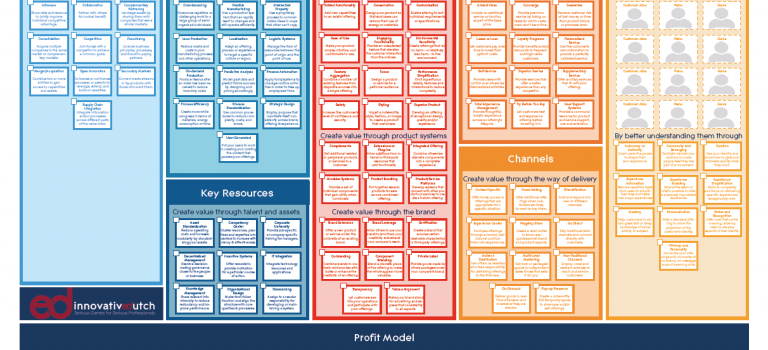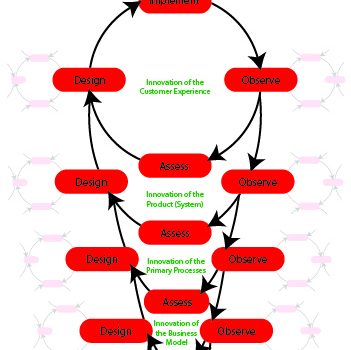The use of Open Innovation is to a large extent related to the rise of technology. Not only does technology smoothen Open Innovation, also the adaption of new technologies to the core business (model) can be accelerated by participating in Open Innovation networks. In fact, when talking to businesses the questions that they have do almost never directly include the use of Open Innovation as a goal. It’s assumed a logical and necessary step to take when dealing with actual problems. Simply said, many innovation questions that companies have follow the simple pattern: ‘How can we [change something] in order to improve our [business model construct] in line with [trending topic]?’. These are as such practical, design-oriented questions, not about why [something] happens, or what is the effect of [something] but about how to change to adapt to that [something].
Read more →


